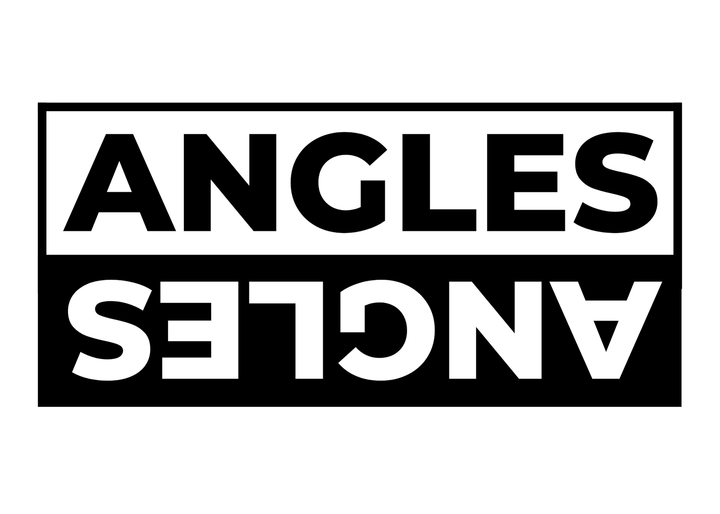Accepting nuclear power

It will never cease to fascinate me how much public perception and media coverage affect our daily lives, especially when it comes to risk.
There are the obvious things: headlines about recent events, social media feeds flooded because something had happened. However, some intersections of perception and risk are subtle.
When we look through debates about energy production, critiques of nuclear power often include that it is too dangerous or risky — “Don’t you all remember Three Mile Island? Chernobyl? Fukushima?” However, support for nuclear power is at an all-time high in the nation.
This August, our governor Larry Rhoden met with the governors of Nebraska and Iowa to discuss the states’ intentions to expand the use of nuclear power in the surrounding region.
The risk that many people understand to be associated with nuclear power is clearly not a main concern.
This isn’t to say that there aren’t genuine concerns when it comes to nuclear energy, but every form of producing energy comes with its pros and cons.
But why have the dangers of nuclear power dominated our politics for so long?
Oil and coal are far more damaging to the environment — which we humans are a part of, and oil spills can create huge ecological devastation.
Notoriously, Taylor Energy avoided accountability for nearly two decades when Hurricane Ivan damaged one of the company’s drilling platforms off the coast of Louisiana in 2004.
The platform quickly sank. According to the National Centers for Coastal Ocean Science, it still leaked between nine and 108 barrels of oil per day as of 2019.
The company claimed that the leakage was significantly smaller, at only three to five gallons per day. Taylor Energy had grossly underestimated the total amount of oil spilt into the Gulf of Mexico. It was years before the world realized this.
In the same realm, mining is one of the leading causes of deforestation. Burning coal releases harmful carbon emissions and produces far more nuclear waste than an actual nuclear power plant while still producing the same amount of energy.
Out of sheer curiosity, I decided to meet with Professor of Physics Nathan Grau to weigh the risks and benefits of nuclear power.
It is one of the cleanest and arguably safest forms of energy we have, and its main pitfall is simply that it is not renewable.
Its process mostly outputs steam, and the nuclear waste produced is solid and can be easily contained.
I also learned a bit about possible innovations that are occurring in the nuclear power world.
Research is being done on capturing lost energy to make power plants more efficient and of producing fuel for the reactors from the byproduct plutonium.
The complex world of nuclear physics is still expanding; as Dr. Grau pointed out to me, we have to trust the engineers, scientists and regulators who know what they are doing.
For so long, nuclear power has been framed as dangerous. Yet, what frustrates me is that there are many things we do that are more destructive but do not receive as much public scrutiny.
Our constant consumption pushes for more to be extracted from our planet. We seem to show no signs of stopping, but the damaged planet will someday have no more left to give.
Though some may argue that these decisions come down to personal choice and freedom, I believe that this argument sustains itself only to a point — one at which we must ask ourselves how much risk is acceptable.



